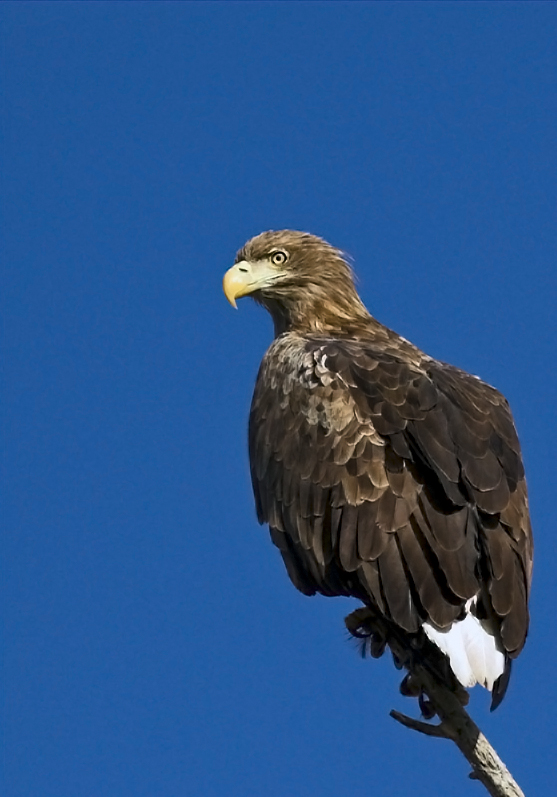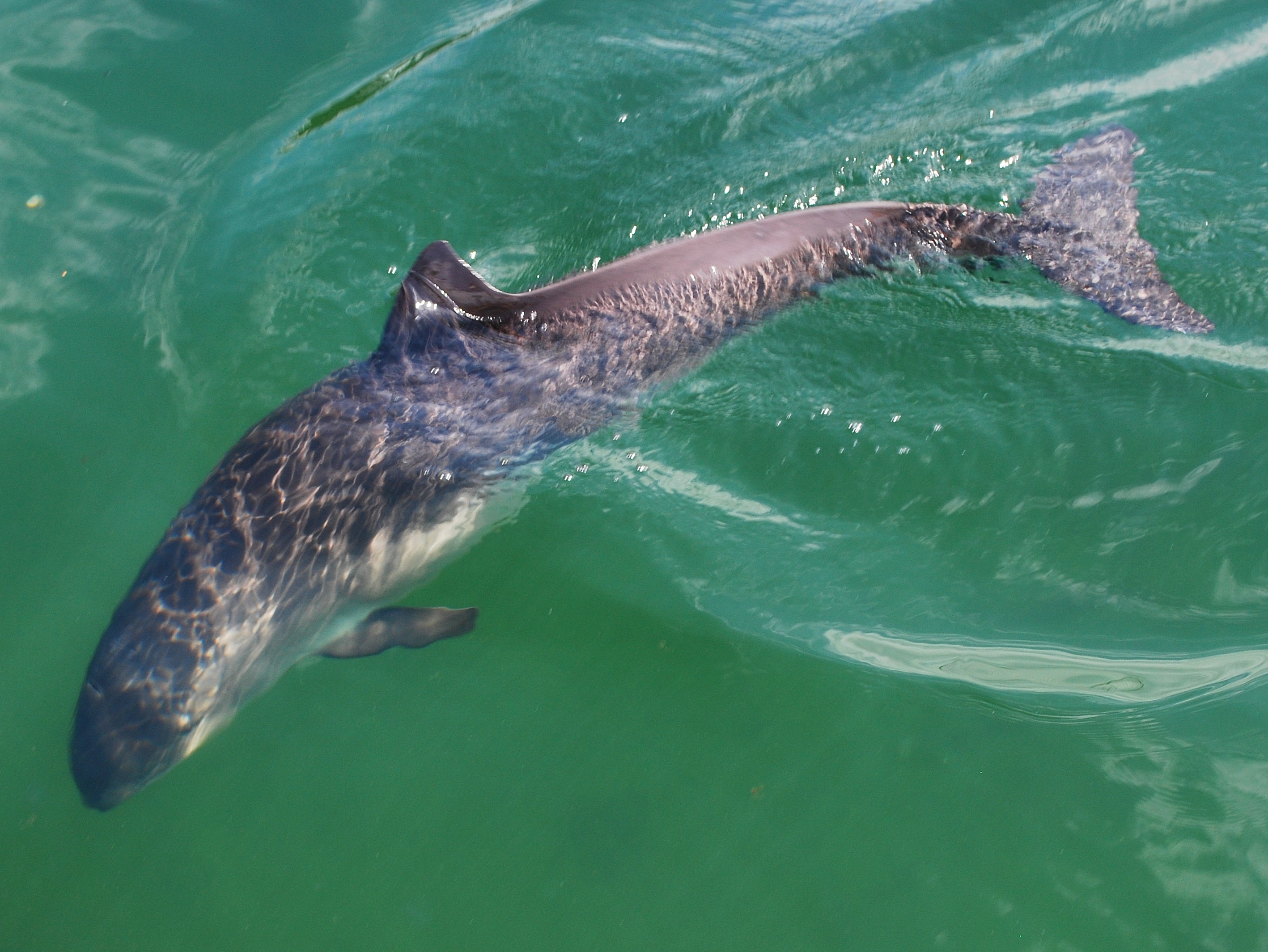|
Little Belt
The Little Belt (, ) is a strait between the island of Funen and the Jutland Peninsula in Denmark. It is one of the three Danish straits, Danish Straits that drain and connect the Baltic Sea to the Kattegat strait, which drains west to the North Sea and Atlantic Ocean. Geography The Little Belt is about long and to wide, and its deepest point is at Marens Hul west of the island of Fænø, at , which makes it deeper than its sister strait, the Great Belt. Numerous small List of islands of Denmark, Danish islands lie within the belt. In part because of its depth, 10% of the water moving between the inner Baltic Sea and the Kattegat flows through the Little Belt. The Little Belt stretches from the town of Juelsminde in the north to the island of Als (island), Als in the south, with a winding course in between. The northern end is the widest at over . From there it runs southwest, narrowing to about at a place called ''Snævringen'' (The Narrows), where the two Little Belt Br ... [...More Info...] [...Related Items...] OR: [Wikipedia] [Google] [Baidu] |
Danish Straits
The Danish straits are the straits connecting the Baltic Sea to the North Sea through the Kattegat and Skagerrak. Historically, the Danish straits were internal waterways of Denmark; however, following territorial losses, Øresund and Fehmarn Belt are now shared with Sweden and Germany, while the Great Belt and the Little Belt have remained Danish territorial waters. The Copenhagen Convention of 1857 made all the Danish straits open to commercial shipping. The straits have generally been regarded as an international waterway. Toponymy and geography Five straits are named 'belt' (), the only ones in the world. Several other straits are named 'sound' (Danish, Swedish language, Swedish and German language, German: ). Where an island is situated between a "belt" and a "sound", typically the broader strait is called "belt" and the narrower one is the "sound": * Als Island, Als: ** separated from the continent by ** separated from Fyn by the southern part of the ''Little Belt'', a ... [...More Info...] [...Related Items...] OR: [Wikipedia] [Google] [Baidu] |
South Funen Archipelago
The South Funen Archipelago () is the popular name for the part of the Baltic Sea south of the ports of Faaborg and Svendborg on the Danish island of Funen. The depth of the sea is typically between 20 and 30 meters. The archipelago includes some 55 low-lying Danish islands, including Ærø, Tåsinge, Thurø, Lyø, Strynø and Avernakø. ''Den store Danske''. Retrieved 11 June 2010. See also *List of islands of Denmark
This is a list of islands of Denmark.
Overview
There are around 1400 islands in Denmark, where about 409 of the islands are named, not includin ...
[...More Info...] [...Related Items...] OR: [Wikipedia] [Google] [Baidu] |
Short-eared Owl
The short-eared owl (''Asio flammeus'') is a widespread grassland species in the family Strigidae. Owls belonging to genus ''Asio'' are known as the eared owls, as they have tufts of feathers resembling mammalian ears. These "ear" tufts may or may not be visible. The short-eared owl will display its tufts when in a defensive pose, although its very short tufts are usually not visible. The short-eared owl is found in open country and grasslands. Taxonomy The short-eared owl was formally described in 1763 by the Lutheran bishop Erik Pontoppidan under the binomial name ''Strix flammea''. The specific epithet is from the Latin ''flammeus'' meaning "flammulated" or "flame-coloured". This owl is now placed with seven other species in the genus ''Asio'' that was introduced by the French zoologist Mathurin Jacques Brisson in 1760. Eleven subspecies are recognised: * ''A. f. flammeus'' – ( Pontoppidan, 1763): the nominate subspecies, found in North America, Europe, North Africa and ... [...More Info...] [...Related Items...] OR: [Wikipedia] [Google] [Baidu] |
Ruff (bird)
The ruff (''Calidris pugnax'') is a medium-sized wading bird that breeds in marshes and wet meadows across northern Eurasia. This highly gregarious sandpiper is migratory and sometimes forms huge flocks in its winter grounds, which include southern and western Europe, Africa, southern Asia and Australia. The ruff is a long-necked, pot-bellied bird. This species shows marked sexual dimorphism; the male is much larger than the female (the reeve), and has a breeding plumage that includes brightly coloured head tufts, bare orange facial skin, extensive black on the breast, and the large collar of ornamental feathers that inspired this bird's English name. The female and the non-breeding male have grey-brown upperparts and mainly white underparts. Three differently plumaged types of male, including a rare form that mimics the female, use a variety of strategies to obtain mating opportunities at a lek, and the colourful head and neck feathers are erected as part of the elaborate ... [...More Info...] [...Related Items...] OR: [Wikipedia] [Google] [Baidu] |
Pied Avocet
The pied avocet (''Recurvirostra avosetta'') is a large black and white wader in the avocet and stilt family, Recurvirostridae. They breed in temperate Europe and across the Palearctic to Central Asia then on to the Russian Far East. It is a migratory species and most winter in Africa or southern Asia. Some remain to winter in the mildest parts of their range, for example in southern Spain and southern England. The pied avocet is one of the species to which the Agreement on the Conservation of African-Eurasian Migratory Waterbirds (AEWA) applies. Taxonomy The pied avocet was one of the many bird species originally described by Carl Linnaeus in his landmark 1758 10th edition of ''Systema Naturae'', where it was given the binomial name of ''Recurvirostra avosetta''. This species gets its English and scientific names from the Venetian word ''avosetta''. It appeared first in Ulisse Aldrovandi's ''Ornithologia'' (1603). While the name may refer to black and white outfits once w ... [...More Info...] [...Related Items...] OR: [Wikipedia] [Google] [Baidu] |
Corn Crake
The corn crake, corncrake or landrail (''Crex crex'') is a bird in the rail family. It breeds in Europe and Asia as far east as western China, and migrates to Africa for the Northern Hemisphere's winter. It is a medium-sized crake with buff- or grey-streaked brownish-black upperparts, chestnut markings on the wings, and blue-grey underparts with rust-coloured and white bars on the flanks and undertail. The strong bill is flesh-toned, the iris is pale brown, and the legs and feet are pale grey. Juveniles are similar in plumage to adults, and downy chicks are black, as with all rails. There are no subspecies, although individuals from the east of the breeding range tend to be slightly paler than their western counterparts. The male's call is a loud ''krek krek'', from which the scientific name is derived. The corn crake is larger than its closest relative, the African crake, which shares its wintering range; that species is also darker-plumaged, and has a plainer face. The ... [...More Info...] [...Related Items...] OR: [Wikipedia] [Google] [Baidu] |
Spotted Crake
The spotted crake (''Porzana porzana'') is a small waterbird of the family Rallidae. The scientific name is derived from Venetian terms for small rails. The spotted crake's breeding habitat is marshes and sedge beds across temperate Europe into western Asia. They nest in a dry location in marsh vegetation, laying 6–15 eggs. This species is migratory, wintering in Africa and Pakistan. At length, spotted crakes are slightly smaller than water rails, from which they are readily distinguished by the short straight bill, yellow with a red base. Adults have mainly brown upperparts and blue-grey breast, with dark barring and white spots on the flanks. They have green legs with long toes, and a short tail which is buff underneath. Immature spotted crakes are similar, but the blue-grey is replaced by brown. The downy chicks are black, as with all rails. The only confusion species is the sora, a rare vagrant from North America. However, that species lacks the breast spotting and ... [...More Info...] [...Related Items...] OR: [Wikipedia] [Google] [Baidu] |
Western Marsh Harrier
The western marsh harrier (''Circus aeruginosus'') is a large harrier (bird), harrier, a bird of prey from temperate and subtropical western Palearctic, Eurasia and adjacent Africa. It is also known as the Eurasian marsh harrier. Formerly, a number of relatives were included in ''C. aeruginosus'', which was then known as "marsh harrier". The related taxa are now generally considered to be separate species: the eastern marsh harrier (''C. spilonotus''), the Papuan harrier (''C. spilothorax'') of eastern Asia and the Wallacea, the swamp harrier (''C. approximans'') of Australasia and the Madagascar marsh harrier (''C. maillardi'') of the western Indian Ocean islands. The western marsh harrier is often divided into two subspecies, the widely bird migration, migratory ''C. a. aeruginosus'' which is found across most of its range, and ''C. a. harterti'' which is resident all-year in north-west Africa. Taxonomy The western marsh harrier was Species description, formally described by th ... [...More Info...] [...Related Items...] OR: [Wikipedia] [Google] [Baidu] |
White-tailed Eagle
The white-tailed eagle (''Haliaeetus albicilla''), sometimes known as the 'sea eagle', is a large bird of prey, widely distributed across temperate Eurasia. Like all eagles, it is a member of the family Accipitridae (or accipitrids) which also includes other diurnal raptors such as hawks, kites, and harriers. One of up to eleven members in the genus '' Haliaeetus'', which are commonly called sea eagles, it is also referred to as the white-tailed sea-eagle.Helander, B., & Stjernberg, T. (2003). ''Action plan for the conservation of white-tailed sea eagle (''Haliaeetus albicilla'')''. In Convention on the Conservation of European Wildlife and Natural Habitats, Strasbourg, France. Sometimes, it is known as the ern or erne (depending on spelling by sources),Love, J. A. (1983). ''The return of the Sea Eagle''. Cambridge University Press, . gray sea eagle and Eurasian sea eagle. While found across a wide range, today breeding from as far west as Greenland and Iceland across to as fa ... [...More Info...] [...Related Items...] OR: [Wikipedia] [Google] [Baidu] |
Whooper Swan
The whooper swan ( /ˈhuːpə(ɹ) swɒn/ "hooper swan"; ''Cygnus cygnus''), also known as the common swan, is a large northern hemisphere swan. It is the Eurasian counterpart of the North American trumpeter swan, and the type species for the genus '' Cygnus''. Taxonomy Francis Willughby and John Ray's ''Ornithology'' of 1676 referred to this swan as "the Elk, Hooper, or wild Swan". It was one of the many bird species originally described by Carl Linnaeus in the 1758 10th edition of his ''Systema Naturae'', where it was given the binomial name of ''Anas cygnus''. The species name is from ''cygnus'', the Latin for "swan". Description The whooper swan is similar in appearance to Bewick's swan. It is larger, however, at a length of and a wingspan of . The weight is typically in the range of , with an average of for males and for females. The verified record mass was for a wintering male from Denmark. It is considered to be amongst the heaviest flying birds. Among standard ... [...More Info...] [...Related Items...] OR: [Wikipedia] [Google] [Baidu] |
Harbor Porpoise
The harbour porpoise (''Phocoena phocoena'') is one of eight extant species of porpoise. It is one of the smallest species of cetacean. As its name implies, it stays close to coastal areas or river estuaries, and as such, is the most familiar porpoise to whale-watching, whale watchers. This porpoise often ventures up rivers, and has been seen hundreds of kilometres from the sea. The harbour porpoise may be Polytypic taxon, polytypic, with geographically distinct populations representing distinct races: ''P. p. phocoena'' in the North Atlantic and West Africa, ''Black sea harbour porpoise, P. p. relicta'' in the Black Sea and Sea of Azov, an unnamed population in the northwestern Pacific and ''P. p. vomerina'' in the northeastern Pacific. Taxonomy The English word porpoise comes from the French (Old French , 12th century), which is from Medieval Latin , which is a compound of ''porcus'' (pig) and (fish). The old word is probably a loan-translation of a Germanic word, compare D ... [...More Info...] [...Related Items...] OR: [Wikipedia] [Google] [Baidu] |
Tunnel Valley
A tunnel is an underground or undersea passageway. It is dug through surrounding soil, earth or rock, or laid under water, and is usually completely enclosed except for the two portals common at each end, though there may be access and ventilation openings at various points along the length. A pipeline differs significantly from a tunnel, though some recent tunnels have used immersed tube construction techniques rather than traditional tunnel boring methods. A tunnel may be for foot or vehicular road traffic, for rail traffic, or for a canal. The central portions of a rapid transit network are usually in the tunnel. Some tunnels are used as sewers or aqueducts to supply water for consumption or for hydroelectric stations. Utility tunnels are used for routing steam, chilled water, electrical power or telecommunication cables, as well as connecting buildings for convenient passage of people and equipment.Salazar, Waneta. ''Tunnels in Civil Engineering''. Delhi, India ... [...More Info...] [...Related Items...] OR: [Wikipedia] [Google] [Baidu] |








